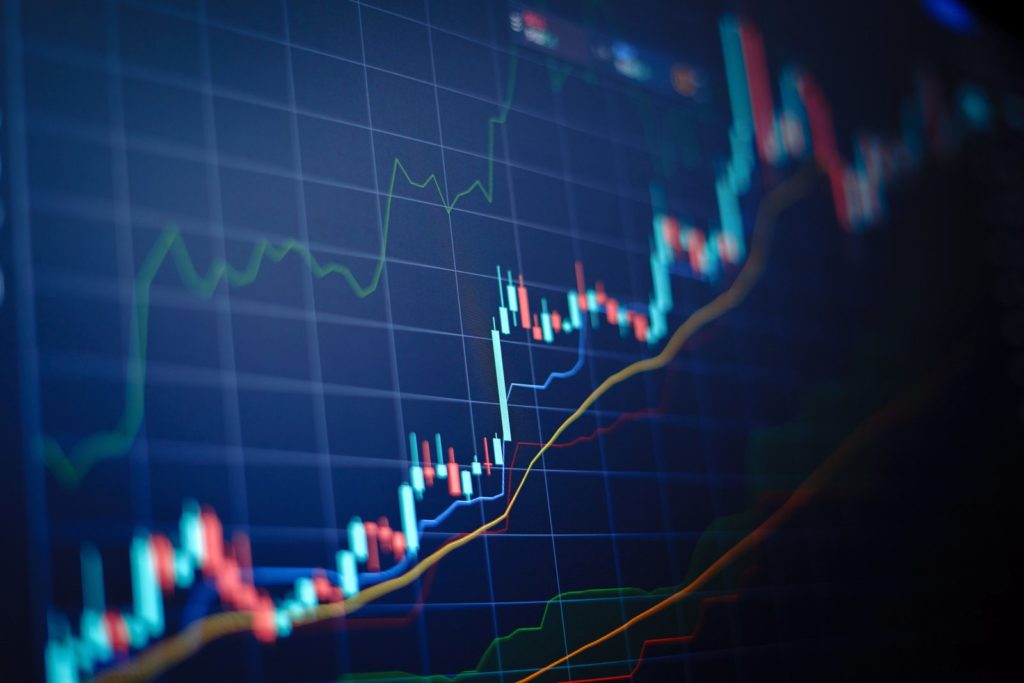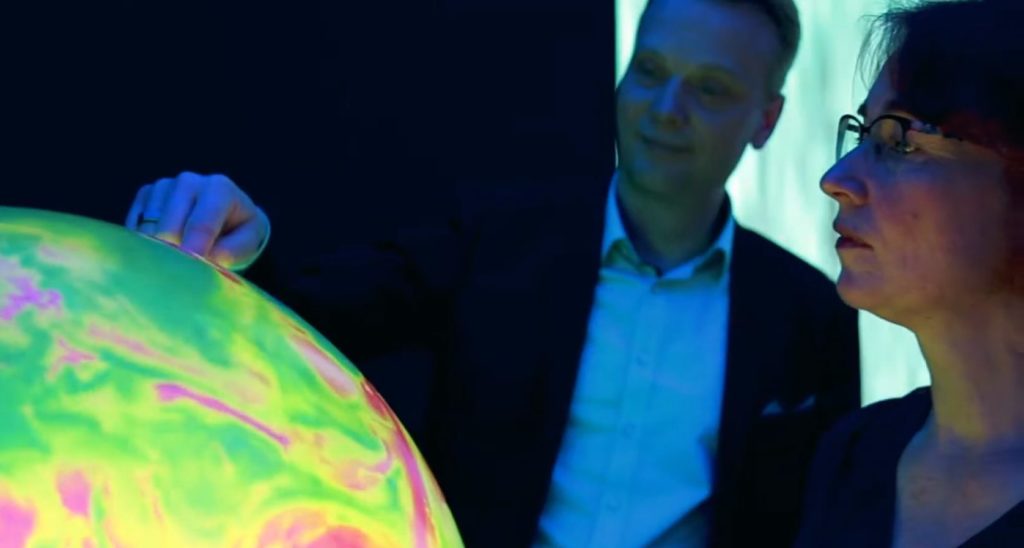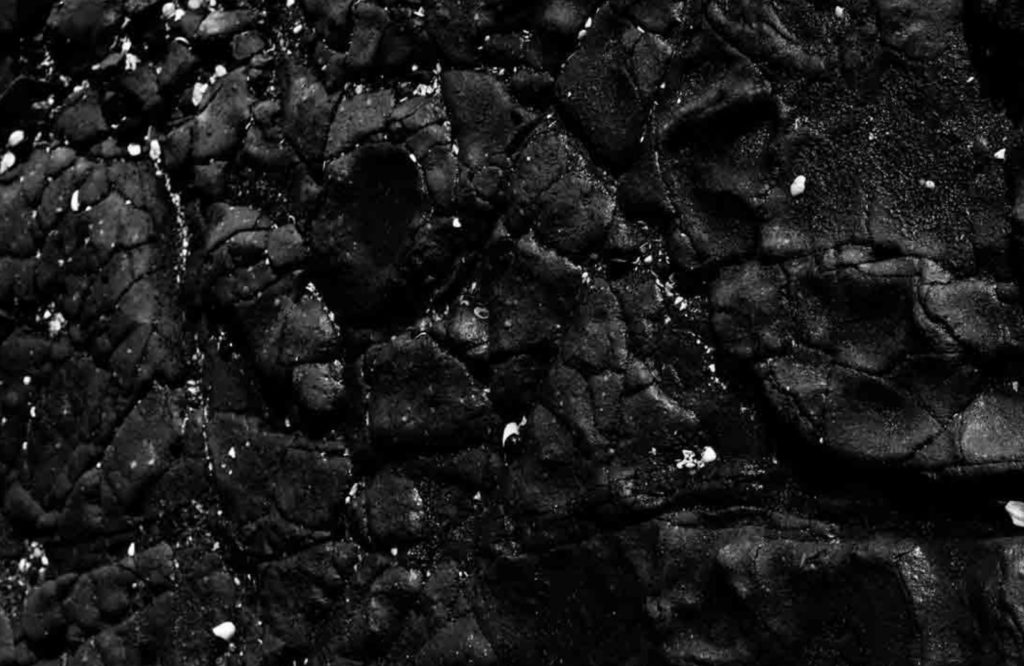Puro.earth and Nasdaq in Partnership Propel a Green Economy Forward
A seminal breakthrough in the global carbon removal market came when Nasdaq acquired a majority stake of Puro.earth in June 2021. This partnership between Puro.earth, described as “the world’s leading carbon crediting platform for engineered carbon removal,” and Nasdaq, a global electronic stock exchange, represents a huge opportunity to scale the marketplace as more companies look to offset their emissions.
Puro.earth and their innovative CORCs
Antti Vihavainen took the first steps toward creating Puro.earth in a pitch to Scandinavian clean energy company Fortum. His goal was to create a business model to incentivize carbon removal, something that was lacking at the time. He joined forces with Fortum’s Marianne Tikkanen and a team from the Innovation and Venturing department. Together, they arrived at the conclusion that the world needed a reliable commercial carbon credit exchange, and that initiative became Puro.earth.
From this beginning, they went on to create the Puro Standard, a framework for carbon removal methods and products that outlines the measurement and verification processes required to earn their carbon credits. Importantly, this framework is a basis which can be refined and expanded upon as more knowledge becomes available and more carbon removal techniques are developed.
Puro.earth recognizes that to achieve net zero, we must go beyond reducing annual emissions and actually remove between 5 – 10 GT of carbon dioxide from the atmosphere each year. Their removal approach involves using technology to take carbon out of the atmosphere and fix it in stable, mineral forms. To accelerate adoption of carbon removal techniques, Puro.earth developed a science-backed methodology that can translate captured carbon into valuable, verifiable units called Carbon Removal Certificates (CORCs). A CORC is a digital tradable asset representing 1 ton of CO2 removed from the atmosphere. After an independent validation of how much carbon was removed by a product or process, the CORC is issued to the carbon removal supplier, and it can then be sold on the Puro marketplace or through other partners.
CORCs help propel momentum towards net zero by connecting carbon removal suppliers with companies looking to offset their carbon emissions. Microsoft and Shopify are among the many companies that purchase CORCs to offset their emissions, achieve ESG-related goals, and decrease their carbon footprints. Suppliers benefit from the additional income from CORCs, allowing them to become more competitive and further expand their carbon sequestration projects. So far this has been successful: Puro.earth’s data shows that on average, suppliers are able to increase their production volume by 30% annually, exemplifying the growth of this sector.
Certified carbon removal methods
“Net zero is very difficult to achieve without removing CO2 physically from the atmosphere. There are ways of removing it, but the business model for actually making it happen was missing.”
Antti Vihavainen, CEO of Puro.earth
All industrial carbon removal methods for which qualify for CORCs based on Puro Standards are guaranteed to remove carbon from the atmosphere for at least 100 years. There are a number of carbon removal methods that meet these standards, including biochar, carbonated building materials, and enhanced rock weathering (ERW) projects.
- Biochar is a coal-like material created by burning organic material in a low-oxygen environment. It is a stable form of carbon that can be added to soil. Beyond fixing carbon in the soil, biochar also benefits soil health by increasing water-holding capacity and decreasing bulk density.
- Carbonated building materials are another carbon-negative product, which permanently capture carbon by mineralizing CO2 within steel slag. This material can then be used in place of traditional cement, which has a massive carbon footprint.
- Enhanced rock weathering (ERW) stores carbon by accelerating the carbon capture potential of silicate rocks as they weather and also has co-benefits to soil health including increasing nutrient availability, which in turn decreases the need for synthetic fertilizers.
While ERW has shown massive long-term carbon sequestration potential (>1 billion tons/year), monitoring, reporting, and verification (MRV) frameworks to quantify carbon removal have been slower to develop due to the complexities of measuring and modeling environmental data over long timeframes. The Puro Standard for Enhanced Rock Weathering helps to streamline this process by explaining the steps suppliers can take to earn CORCs and stipulating the conditions for eligibility.
Suppliers in pursuit of CORCs from ERW activities are required to provide initial simulation results which project the amount of carbon expected to be removed over time. For these model-based quantification approaches, the Puro Standard requires suppliers to show evidence of project specificity (consideration of unique site characteristics), a consideration of how long the carbon will be stored, and an estimated uncertainty arising from spatial and temporal heterogeneity. The assumptions and references used to build the simulation must be identified and critically examined. The simulation approach should be open-source and the code and data used to build and run the simulation should be accessible via repositories. While model estimates will always contain uncertainty, they are helpful tools for understanding the impact of an ERW project.
Suppliers must also validate estimates from the simulation using direct empirical measurements which prove a certain quantity of atmospheric carbon has been removed from the air. Since CORCs are only issued after empirical field data corroborates model simulations (ex-post issuance), full assurance of a certain quantity of sequestered carbon is guaranteed with the purchase of a CORC.
ERW projects aspiring to earn CORCs must also complete a full lifecycle analysis (LCA) to understand the holistic, long-term impact of the project from end to end. Activities involved in applying rock dust – sourcing the rock, grinding it, transporting it, and applying it – can be relatively energy intensive, so these emissions must be measured to make sure the net effect of an ERW project is carbon captured and not carbon emitted. The overall equation to calculate CORCs takes the amount of CO2 stored from ERW and subtracts the amount of CO2 emitted during supply chain processes.
CORCs are calculated as a function of the amount of CO2 stored by the carbon removal activity minus the carbon emitted throughout the life cycle of the product or process.
Risk assessments
Other stipulations for earning CORCs include that the GHG reductions from the mitigation activity should be additional (they would not have occurred without the incentive of CORC revenue). An Environmental Risk Assessment (ERA) must also be carried out before the project to assess any environmental risks.
This is an important step, and for ERW it considers the type of crushed rock used, the selection of land types, and food safety factors. The main source of risk in ERW projects is potentially toxic elements being released from the weathering material, contaminating food or water resources. Therefore, by Puro Standards, all ERW projects must take steps to mitigate these risks. These include laboratory testing of rock material to determine its composition before application and ensuring that any potentially toxic elements are within legal thresholds.
Beyond just the ecological and economic impacts of mitigation activities, the Puro Standard also strongly emphasizes social safeguards within the system. For instance, suppliers are required to prove active and transparent communication with communities and obtain consent from the communities where these projects occur. They must also demonstrate a low risk of adverse effects from mitigation projects and ensure any potential occupational hazards, such as dust emissions, are in compliance with local regulations.
The Puro.earth methodology for ERW projects considers ecological protection and human safety while using data-driven methods to identify the optimal conditions for capturing as much atmospheric carbon as possible at any given site.
Propelling carbon removal forward
Puro.earth acknowledges that there are still many unknowns with ERW and the science in this realm is still being uncovered. By operating within the new framework, projects can collect reliable data to help to fill these knowledge gaps in a safe and responsible manner. More data about rock types, surface area, soil type, and climate conditions will help to understand where ERW works most effectively and to further refine the method in the future.
Beyond just providing a marketplace for CORCs (which have already been certified), Puro.earth also offers a way to endorse developing carbon removal projects through their Puro Accelerate program. Within this program are two instruments: Advance Market Commitments and Pre-CORCs. An Advance Market Commitment is a contract between a supplier and a buyer agreeing to purchase a CORC in the future at a predetermined price. Pre-CORCs are tradeable digital assets which represent a validated future projection of 1 metric ton of CO2 removed. Pre-CORCs become CORCs after the carbon removals have been verified.
These instruments provide financial support to suppliers who need funding upfront to help launch and maintain their carbon removal projects and establish demand within the carbon removal market. Buyers can benefit from these agreements by negotiating for discounts with the supplier and hedging against price increases for the credits in the future. All CORC issuances and retirements can be viewed and sorted on the Puro Registry, a move which helps foster transparency in the carbon crediting domain.
The partnership between Nasdaq and Puro.earth has helped to propel the vision of net-zero, as demonstrated by significant growth in the market. Between 2021 to 2022, CORCs saw a 350% increase in trade value, and an additional 27 CORC suppliers were added. Over the course of 2022, Puro.earth issued 225,000 CORCs representing 225,000 tons of CO2 removed from the atmosphere. The market is also becoming more global, with the first suppliers added in Africa and Latin America in 2022.
In 2023, Puro.earth has plans to launch the Puro Supplier Portal to help suppliers track progress towards CORC issuances. The tools and methods developed by Puro.earth help stimulate the development and refinement of carbon negative technologies. Nasdaq’s endorsement and support of the Puro Standard increases its credibility and notability and helps to economically incentivize carbon capture. As a standard global methodology with guaranteed volumes of fixed carbon removal, CORCs encourage a massive expansion of green jobs in the world marketplace and foster the transition away from fossil fuels. Summarily, the Puro standard provides an established, science-backed approach to quantifying engineered carbon removal and the growing presence of CORCs in the global marketplace proliferates the growth of green-projects.
Dyani Frye is an environmental scientist passionate about communicating science so that it can be accessible to all audiences. She graduated from California Polytechnic State University (2022) with a Master’s degree in Environmental Science and Management. Her thesis project investigated the use of an emergent spectroscopic technology, portable X-ray fluorescence, to predict physical and chemical properties of California soils. This research showed the viability of these predictive models across a broad geographic range. She believes that to preserve our most precious shared natural resources and achieve true sustainability, science must be paired with inclusive social initiatives and economic incentives. Through her writing at RTE, she hopes to use her science distillation skills to give others a better understanding of earth systems and how we can all positively impact the environment. In her free time, Dyani loves to identify flora and fungi during strolls through the woods, play chess, and read fantasy novels.
Support us on Patreon
Thank you for joining us today! Please become a member of RTE and support us on Patreon. Unlike many larger organizations, we work with a team of determined and passionate volunteers to get our message out. We aim to continue to increase the awareness of remineralization to initiate projects across the globe that remineralize soils, grow nutrient dense food, regenerate our forests’ and stabilize the climate – with your help! If you can, please support us on a monthly basis from just $2, rest assured that you are making a big impact every single month in support of our mission. Thank you!











Got something to say?